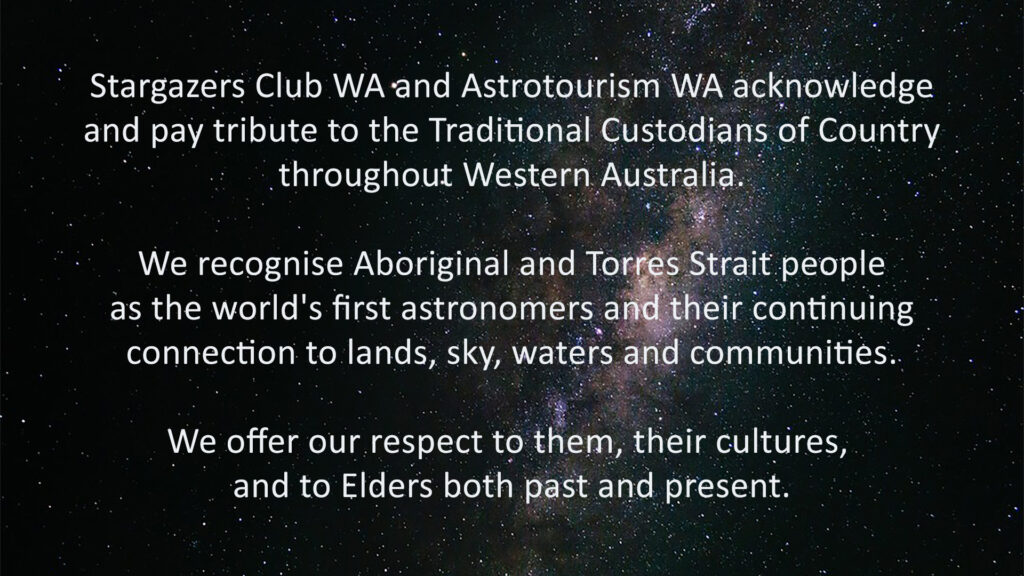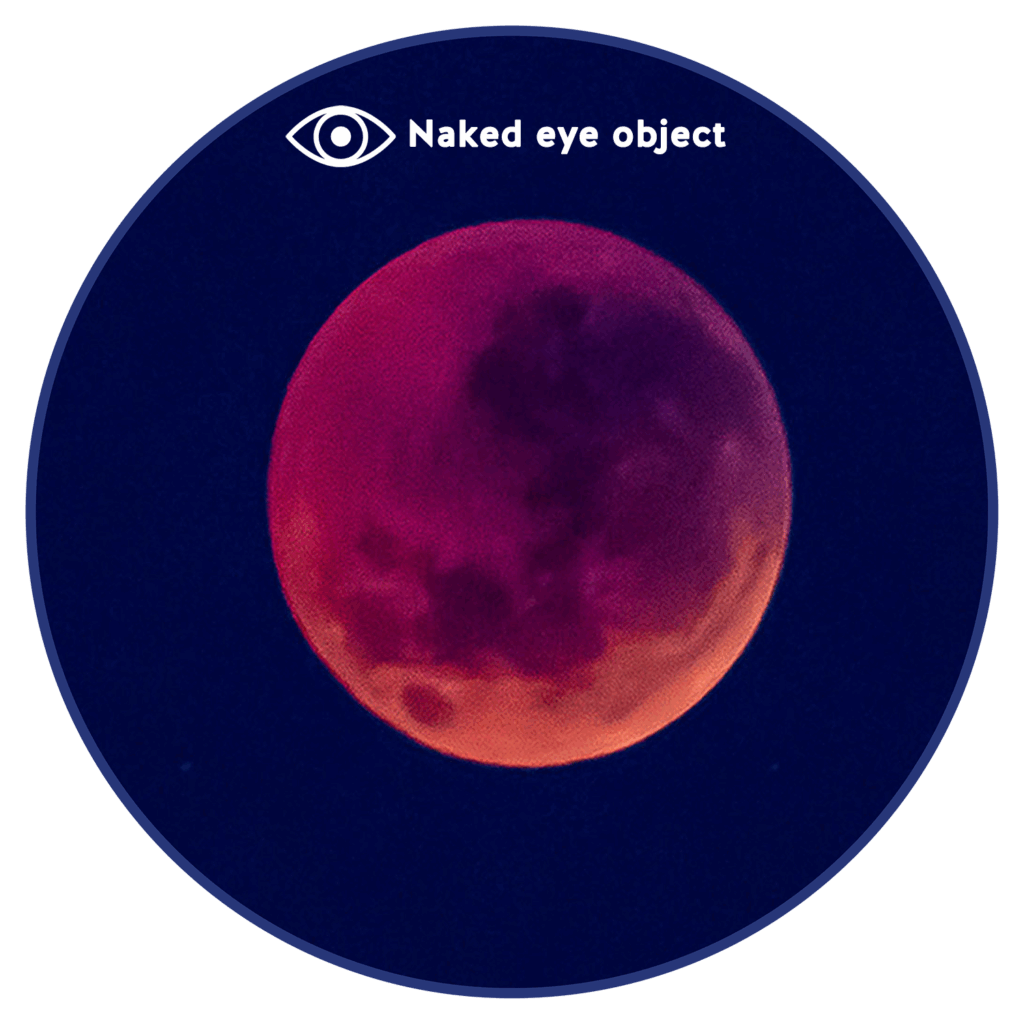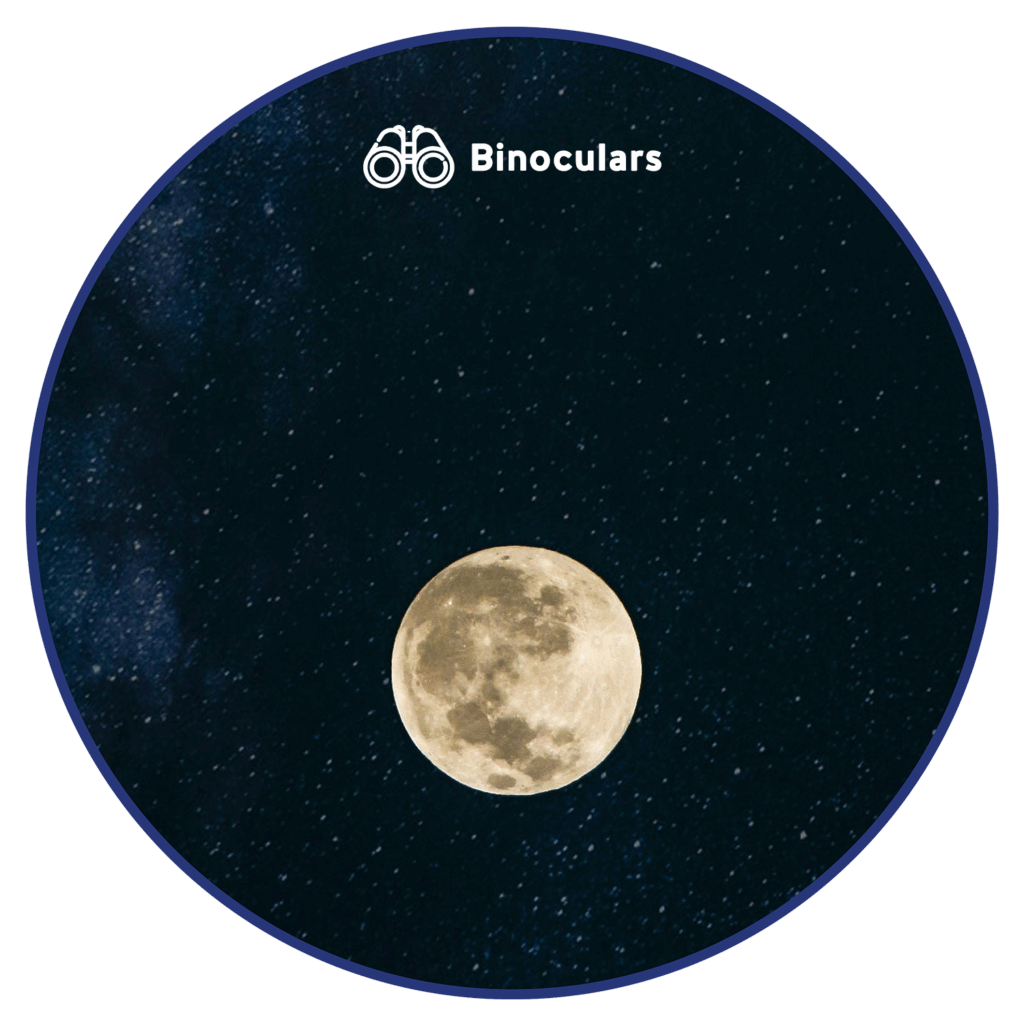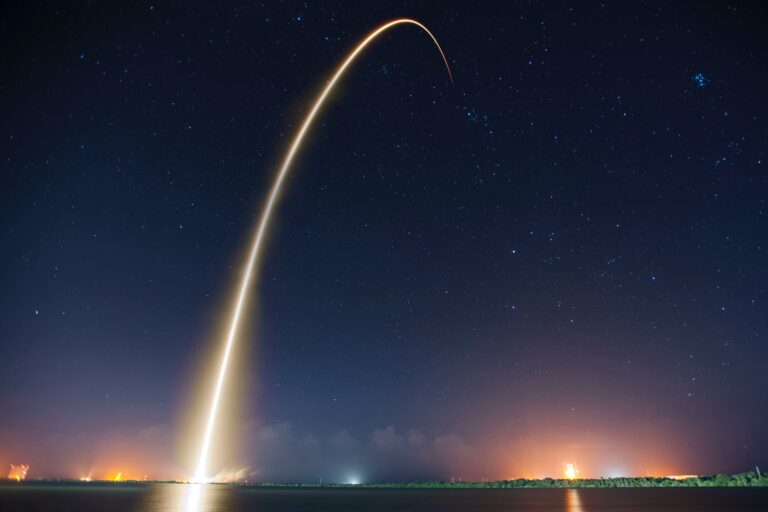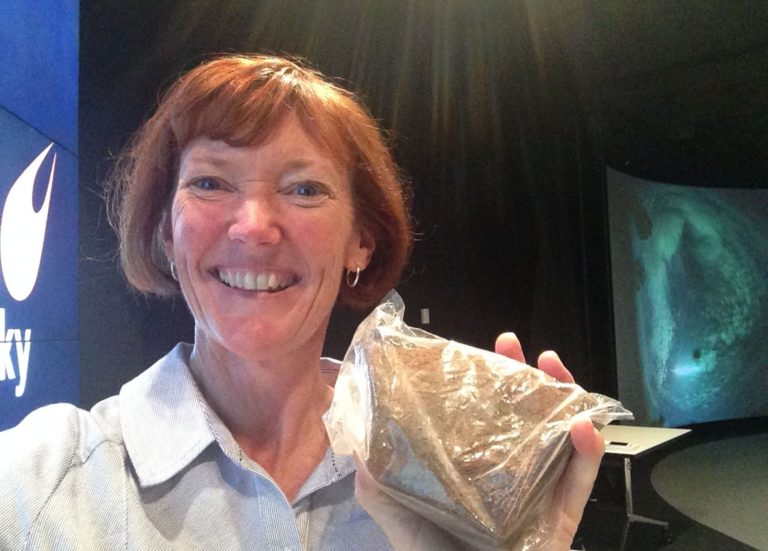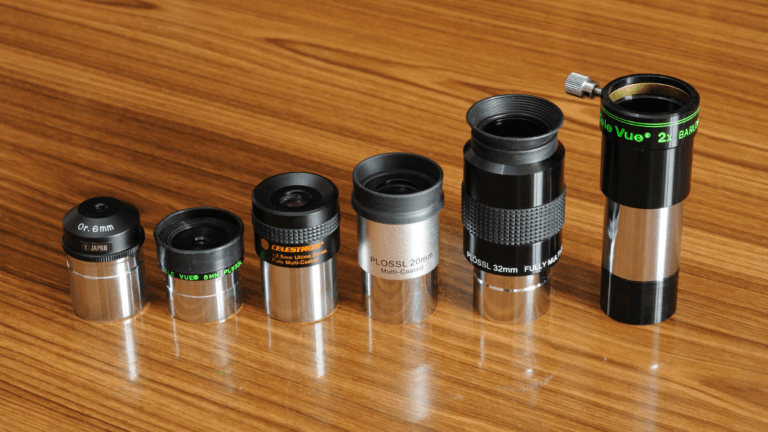Sometimes, when you’re starting out stargazing, you know you want to look at the stars and the planets, but you don’t know what you want to look at: or where you should look. That’s why we’ve put together a short list this month of six sights that are a must-see for amateur stargazers, including a couple you can see with the naked eye, no equipment required.
If you have a pair of binoculars, things get even better, and if you have access to a small or medium-sized telescope, we have some sights to show you, too. Read on for some of the best stargazing around September 2025.
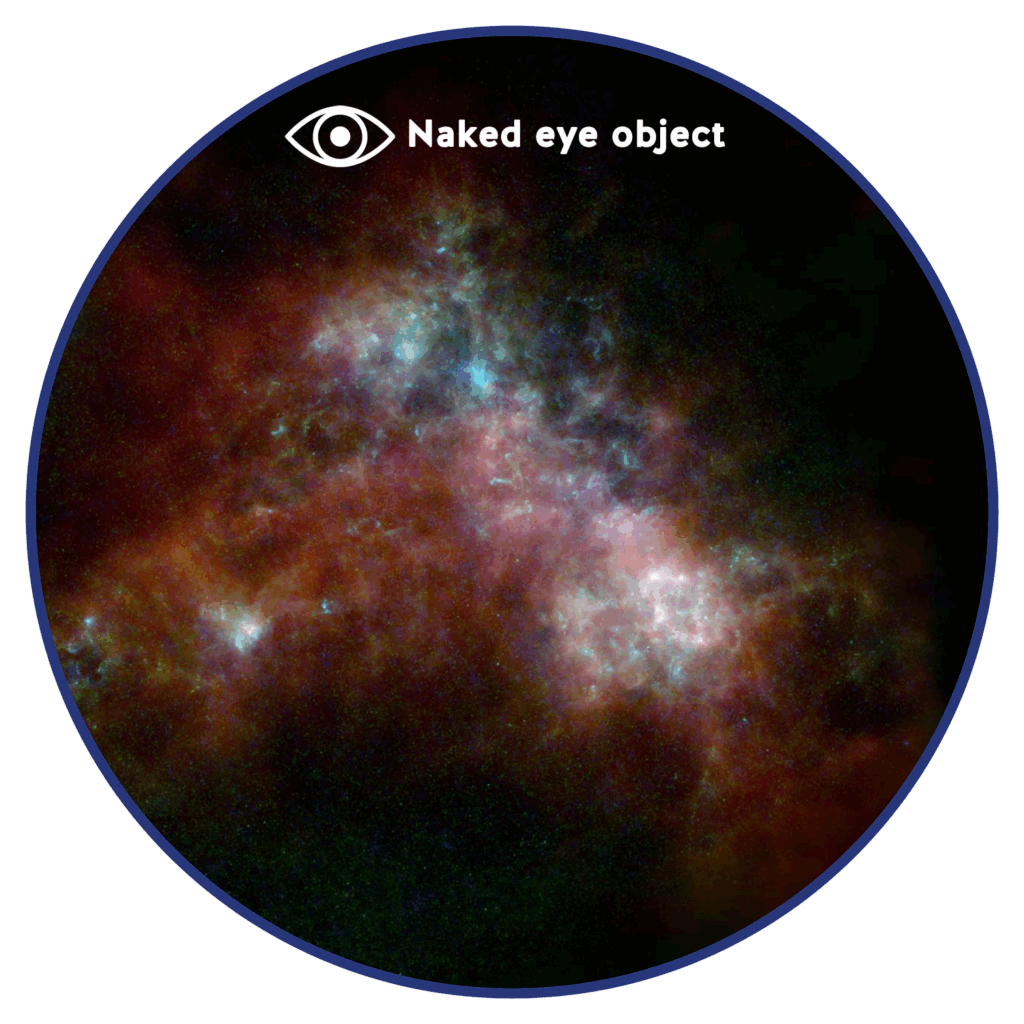
The Large and Small Magellanic Clouds are only visible in the Southern Hemisphere. To see these amazing galaxies, you need a dark night sky with a southern horizon that’s not impacted by light pollution.
During September, the Small Magellanic Cloud is higher on the southern horizon than the Large Magellanic Cloud, making it easier for you to find. WA’s astrotourism towns provide an excellent opportunity to see the galaxies normally hidden by bright city lights.
Looking like two faint clouds in the southern night sky, one larger than the other, these stunning ‘clouds’ of stars are galaxies that lie outside our own Milky Way Galaxy. Best of all, you don’t need a telescope to see the splendid spectacle, though a pair of binoculars will help bring them to life.
Despite being named after the Portuguese coloniser Ferdinand Magellan, Magellan wasn’t an astronomer, and he didn’t discover the galaxies. They have been documented by the world’s first astronomers for millennia before Europeans reached the Southern Hemisphere.
In 2023, astronomers using CSIRO’s ASKAP radio telescope discovered the Small Magellanic Cloud is really two galaxies, with one behind the other as viewed from Earth.
In the early morning hours of Monday, 8 September, the Moon will pass through the Earth’s shadow, creating a total lunar eclipse. You’ll want to stay up past your bedtime for this one, because the total eclipse will last from 1:31am until 2:53am.
Perth stargazers will find the full moon high in the Western sky when the partial eclipse begins after midnight at 12:27am, and you don’t need a telescope or binoculars for this celestial sight.
A total lunar eclipse occurs when the Earth moves directly between the Sun and the Moon. During the event, Earth blocks direct light from the Sun, and our atmosphere scatters most of the blue wavelengths of light.
The lunar surface reflects the remaining red light, and the Moon may appear a red colour in our sky: so cross your fingers for a “blood Moon”.
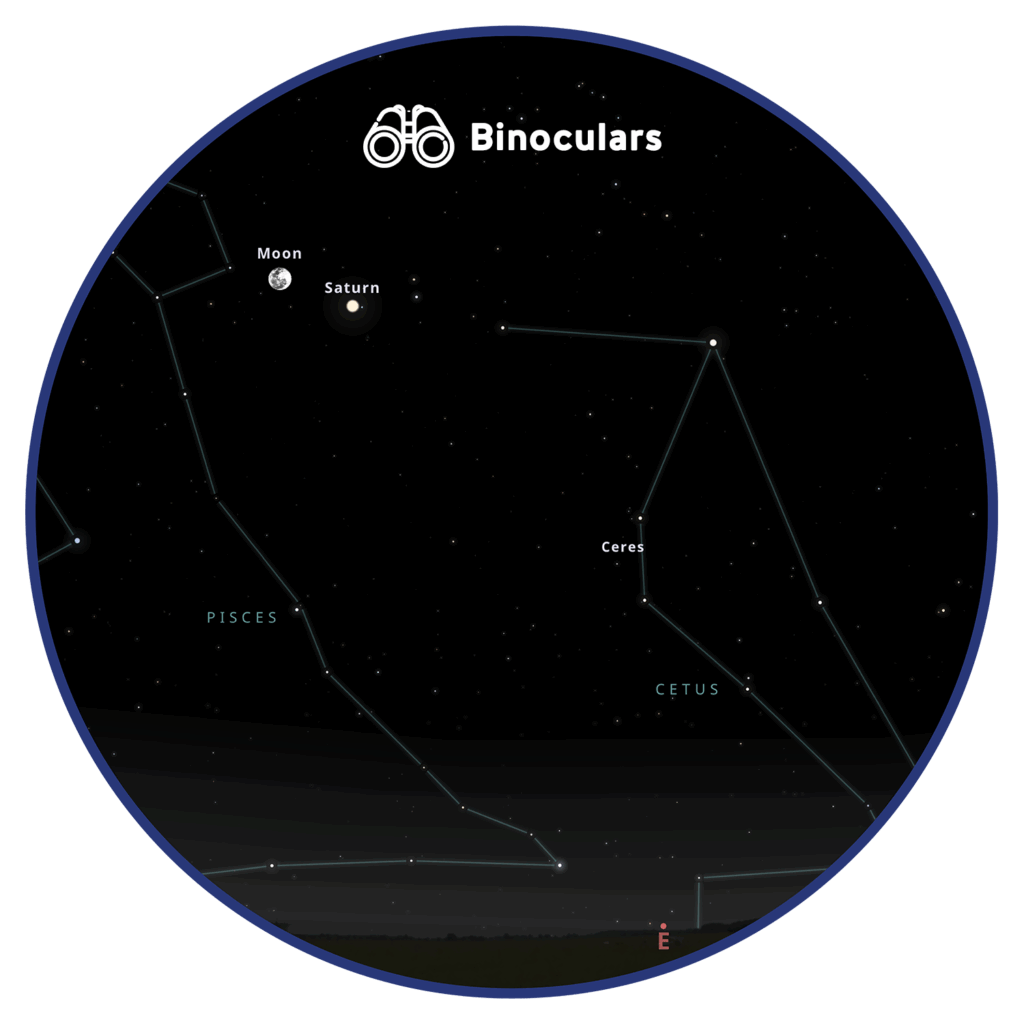
September is the best month for stargazers hoping to see Saturn. Near the end of the month, you can see the ringed giant planet will reach its biggest and brightest as it reaches its closest point to the Earth all year. This is called at “opposition”, because it’s opposite to the Sun in the sky.
A great evening to see Saturn is after sunset on 8th September. Saturn rises over the eastern horizon at 7.02pm, where it appears near the Moon in the constellation of Pisces around 7.30pm. You’ll see the pair sticking close to each other all evening, so you don’t need to rush out too early. We suggest heading out a few hours after sunset, and looking for the Moon.
Neptune, our most distant planet, joins the Moon and Saturn, but it’s not visible to the naked eye. The trio reach their highest point in the northern sky around 1.10am on 9 September and they’ll eventually fade from view at dawn.
Read on for what you can see of the Moon with binoculars.
While we all can spot the Moon easily enough, especially when it’s full, but it gets even better viewed through a pair of binoculars. Avoid the full moon, and try observing in the first quarter, or track it over the course of a month and note how its appearance changes for you.
With the help of binoculars, you can see texture and detail on the Moon. On a clear night, look for the dividing line of light and dark, called the terminator, the contrast will help you to see the Moon’s craters and mountains. Binoculars also help you to see the Moon’s ‘seas’, such as the famous Mare Tranquilitatis (Sea of Tranquillity), and the Mare Crisium (Sea of Crises).
You might think you know the Moon, but it gets so much better with just a pair of binoculars.
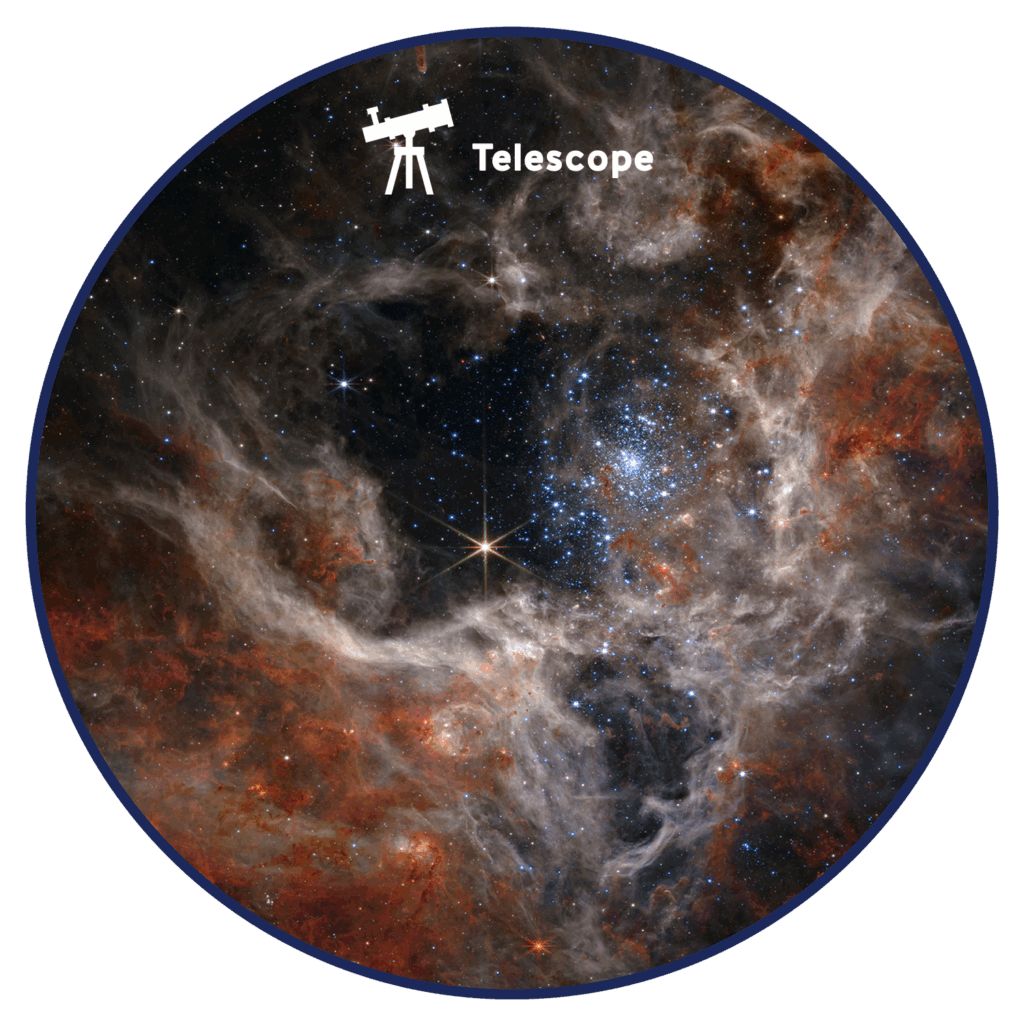
The Tarantula Nebula (also known as NGC 2070, Caldwell 103, or 30 Doradus) lurks 170,000 light-years away in the Dorado constellation. The nebula is bright enough that it’s visible to the unaided eye under dark sky conditions, and a must-see for stargazers.
On 15 September, the Tarantula Nebula will be highest in the sky shortly before dawn. If you look to the south–east around 2am, you’ll find the nebula is visible as a bright patch on the eastern side of the Large Magellanic Cloud.
The Tarantula Nebula makes for an even better target if you’re a stargazer with a small or medium-sized telescope, since you’ll be able to see the nebula’s distinctive spider-like structure. Like viewing the Small Magellanic Cloud, find a stargazing spot with dark night skies and a southern horizon that’s free from light pollution.
About 1,000 light-years across, the Tarantula Nebula is a star-forming hot spot, and the ESA calls it the “most spectacular feature of the Large Magellanic Cloud.” Note that the image on the left was captured using NASA’s James Webb Space Telescope’s Near-Infrared Camera, so your view won’t be quite that spectacular.
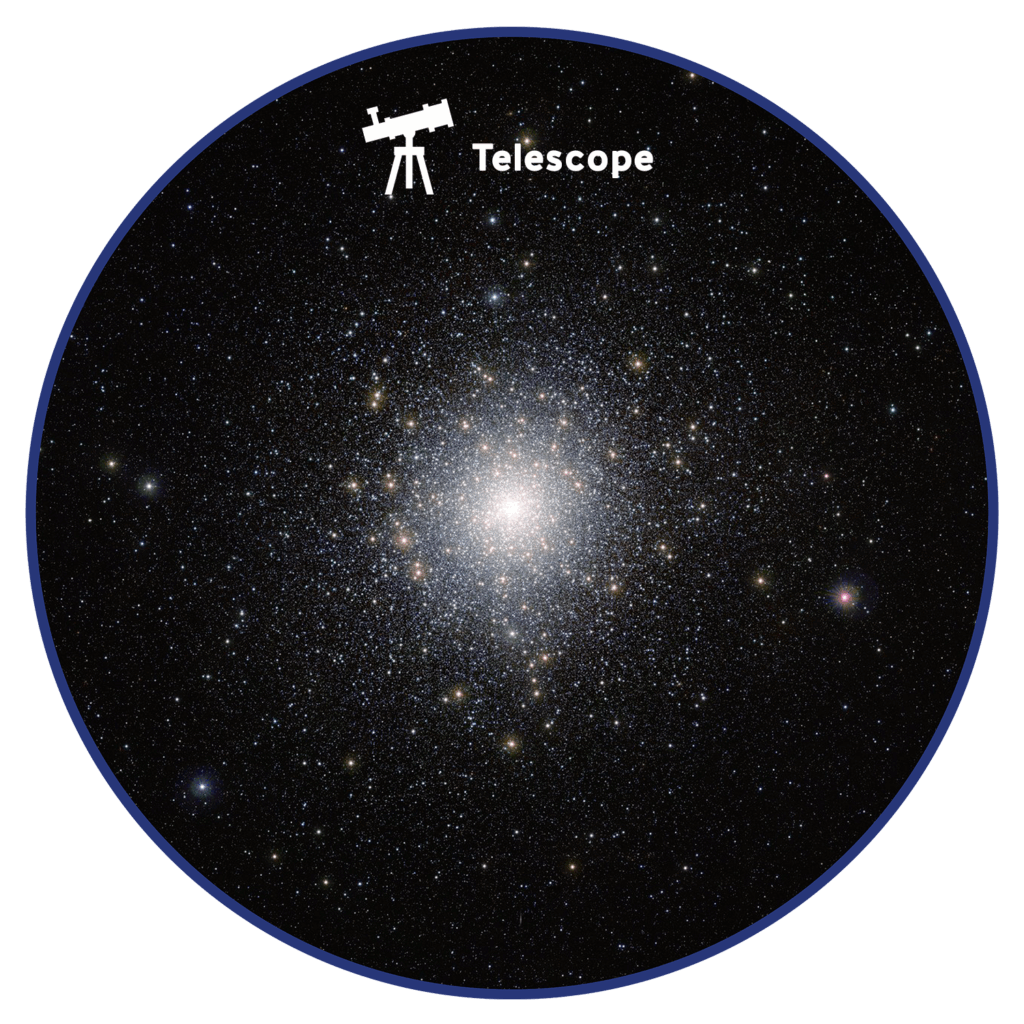
47 Tuc (more formally called 47 Tucanae, or NGC 104) is a cluster of up to half a million stars. On the evening of 27 September, if you have dark skies, look to the southern horizon around 9pm and you’ll see the star cluster as a faint blob of stars near the Small Magellanic Cloud.
The globular cluster is a terrific target for amateur stargazers because, with even a small telescope, you will see it resolve to a remarkable sight, turning from that faint blob to a compact ball of stars. 47 Tuc is particularly spectacular, displaying hot white dwarf stars, low mass yellowish red stars, and cool blue stars.
47 Tuc measures about 120 light-years across and is about 16,700 light-years away in the Tucana constellation, so it’s not part of the Small Magellanic Cloud, despite looking close.
In 2024, a team of astronomers led by Western Australia’s International Centre for Radio Astronomy Research (ICRAR) detected a previously undetected radio source at the heart of 47 Tuc, which could be a supermassive black hole.

Jay Chesters
Jay Chesters is a wordsmith with a little bit of a thing for the stars. As a cosmic storyteller with a love for astronomy and space that's out of this world, Jay’s always eager to share his knowledge and passions.
Curious about the stars but unsure where to begin?
Our self-guided telescope class for beginners is here to help transform you from a curious observer into a confident stargazer.
